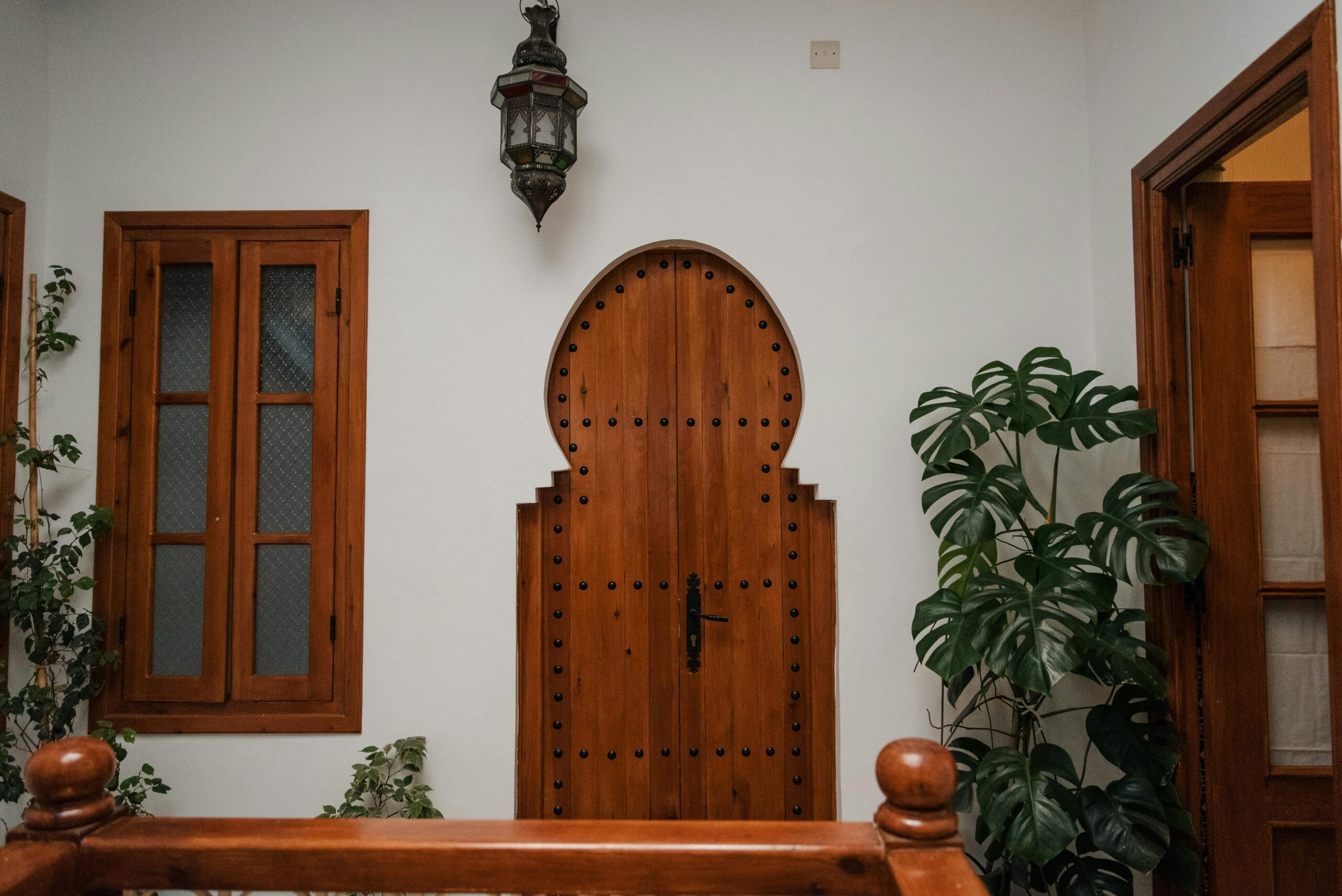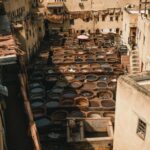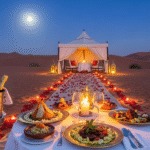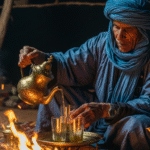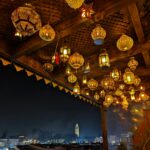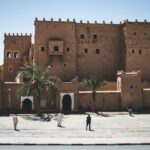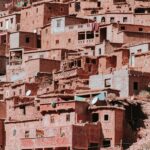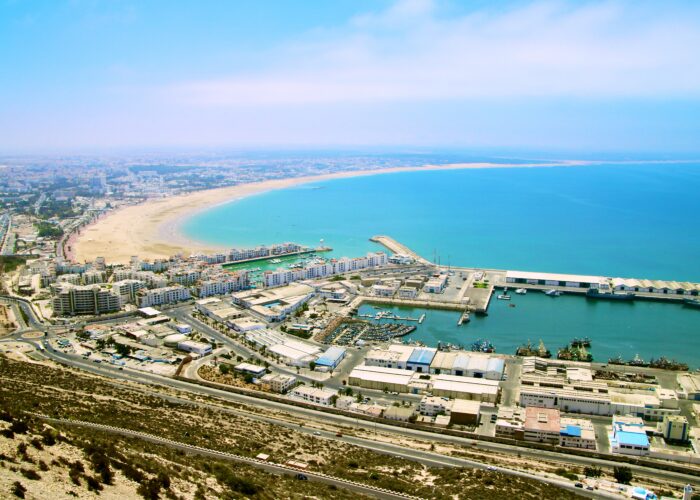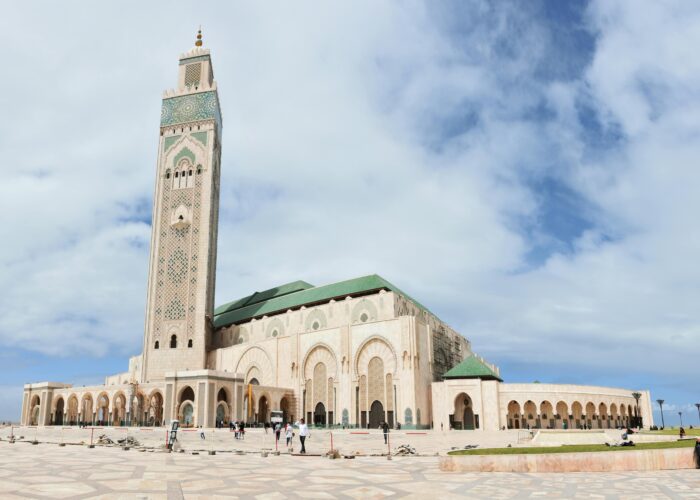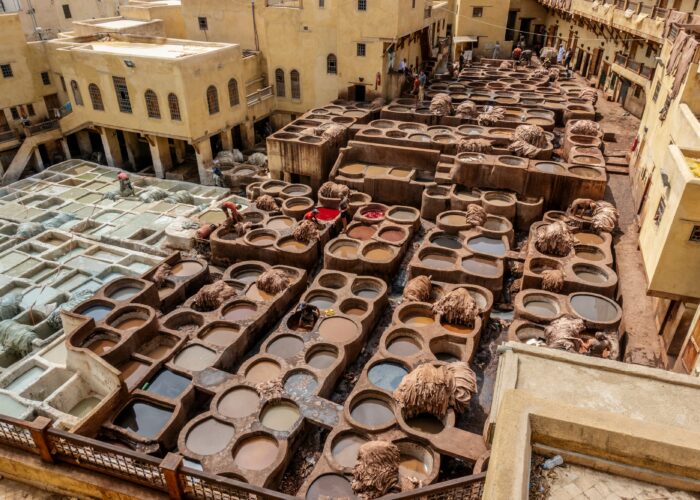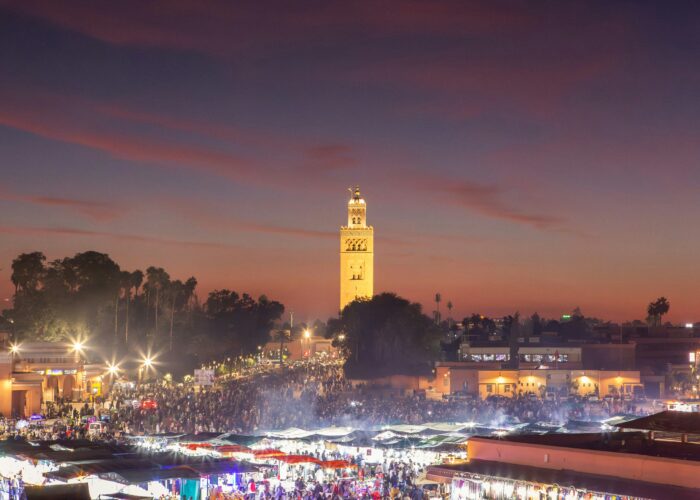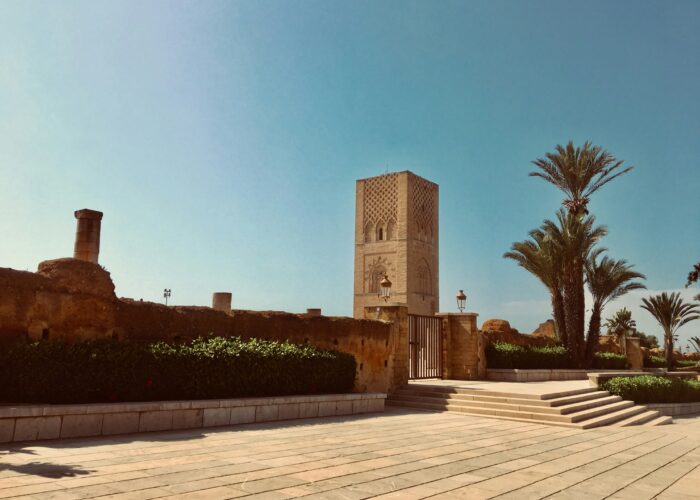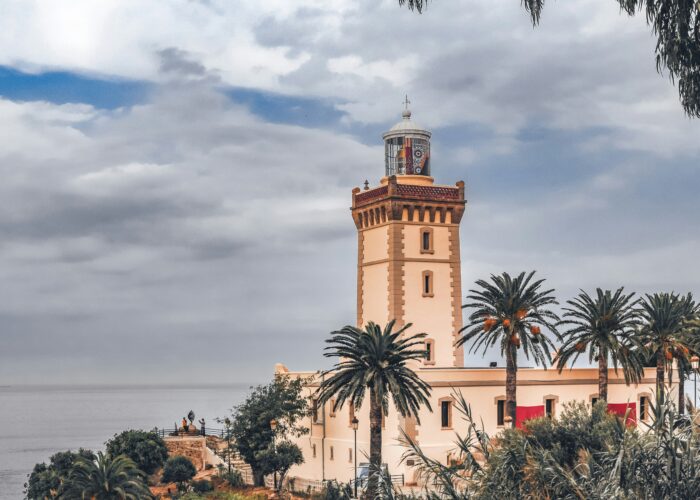The Fascinating Evolution of Riads
Moroccan riads, often characterized by their unique architectural elements and intricate design, have a rich history that reflects the cultural tapestry of Morocco. Emerging during the 12th century in the cities of Marrakech, Fes, and Essaouira, these traditional homes were initially constructed to serve as private family residences. The layout of a riad typically features a central courtyard adorned with gardens and water features, which provide an oasis of tranquility amidst the bustling urban environment. This architectural style not only demonstrates the artistry of Moroccan craftsmanship but also caters to climatic conditions, promoting ventilation and natural cooling.
Over the years, as Morocco underwent significant socio-economic changes, the purpose of riads began to evolve. The rise of tourism in the late 20th century led many owners to adapt their properties into boutique guesthouses, thereby transforming the riad experience for travelers. Today, visitors seeking authentic riads in Morocco can enjoy a traditional ambiance while also benefitting from modern comforts. The best riads in Marrakech 2025 and other cities now offer amenities like pools, rooftop terraces, and family-friendly accommodations, catering to diverse traveler needs.
This transformation has not only provided economic opportunities for local families but has also allowed the preservation of Moroccan heritage through cultural stays. Riads embody the essence of Moroccan hospitality, offering unique stays that reflect the historical and social contexts of the regions they reside in. As a result, tourists now have access to a variety of riad booking options, ranging from affordable riads in Fes to luxury riads Marrakech 2025. The evolution of riads from private homes to public guesthouses illustrates a significant trend in Moroccan tourism, where sustainable practices and eco-friendly riads are increasingly promoted, aligning with a global shift towards responsible travel.
Architectural Wonders: Design and Significance of Riads
Moroccan riads are distinguished by their unique architectural features that reflect the rich cultural heritage of the country. A classic riad typically incorporates a central courtyard, serving as the focal point around which the rest of the structure is arranged. This design element not only promotes natural light and ventilation but also embodies the Moroccan values of tranquility and privacy, as it allows families to enjoy their surroundings away from the bustling streets outside.
Another hallmark of riad architecture is the exquisite tilework known as zellige. These vibrant geometric patterns are crafted from meticulously cut and glazed tiles, expressing the artistry and craftsmanship of local artisans. The intricate designs found in riads represent a profound connection to the history of Moroccan art and architecture, showcasing the importance of aesthetics in residential spaces. Furthermore, the use of zellige is often complemented by beautifully carved wooden elements, which can be seen in doors, ceilings, and window frames, highlighting the artisans’ skills and the cultural emphasis on detail.
The symbolism inherent in riad design is deeply connected to nature. Many riads feature lush gardens, fountains, and water features within their courtyards, serving to create a serene environment and facilitate a sense of peace. These elements reflect the Moroccan understanding of nature as a source of tranquility and spiritual connection. The thoughtful integration of outdoor and indoor spaces encourages a lifestyle that values harmony and balance.
As travelers explore Moroccan riads in 2025, particularly the best riads in Marrakech or those in other cities like Fes, they will encounter authentic experiences that transport them to a world of cultural significance. The architectural characteristics of riads not only provide unique places to stay in Morocco but also serve as a testament to the rich traditions of Moroccan hospitality. Understanding these features allows for a deeper appreciation of riad tourism trends and the enduring allure of these cultural accommodations.
A Unique Experience: Staying in a Riad vs. a Hotel
When traveling to Morocco, particularly in cities like Marrakech and Fes, the accommodation choice significantly influences the overall experience. Opting for traditional Moroccan riads offers a distinctive alternative to standard hotels, providing a cultural immersion that conventional lodging often lacks. The best riads in Marrakech 2025, for instance, are designed as intimate havens that emphasize personalized hospitality and warm, local engagement. This level of service fosters a sense of belonging, which is often missing in larger hotel chains.
One of the most notable differences lies in the ambiance of riads, which are typically located in the heart of the medina. The architectural charm of riads showcases Moroccan heritage, while features such as vibrant tile work, intricate wood carvings, and serene courtyard gardens create an inviting atmosphere. In contrast, hotels often lack this unique aesthetic, focusing instead on uniform design models. The peaceful environments found in riads encourage relaxation and reflection, making them a perfect retreat after a day of exploring cultural sites.
Additionally, staying in authentic riads in Morocco enables travelers to experience local customs and culinary delights firsthand. Guests are often treated to traditional Moroccan breakfasts and have the opportunity to learn about the significance of various dishes, adding depth to their cultural stays in Morocco. This immersive experience is complemented by recommendations from riad staff for exploring hidden gem riads Morocco and participating in community activities.
Furthermore, many modern Moroccan riads are also adapting to current trends in sustainable tourism. Eco-friendly riads Morocco are increasingly common, providing comfort without compromising the environment. This is an important consideration for travelers looking to reduce their ecological footprint. The combination of historical aesthetic, personalized service, and commitment to sustainability makes Moroccan riads a compelling choice over more conventional accommodations.
Supporting Local Communities: The Role of Riads in Sustainable Tourism
Moroccan riads play an essential role in fostering sustainable tourism while contributing to the local economy and preserving traditional craftsmanship. As travelers increasingly seek authentic experiences, the best riads in Marrakech 2025 and other regions serve as a bridge between tourists and local communities. By opting for riad stays in Morocco 2025, visitors not only enjoy the unique charm of these traditional Moroccan homes but also support the artisans and locals who have dedicated their lives to preserving these cultural treasures.
One of the primary advantages of staying in an authentic riad in Morocco is the opportunity to directly support local communities. Many riads prioritize the use of local materials in their construction and decor, which is vital for the preservation of Moroccan heritage accommodations. Additionally, guests have the chance to appreciate and purchase handcrafted goods from local artisans, thus enhancing the economic situation for families and communities. By choosing boutique riads Morocco, travelers contribute to an eco-friendly model that emphasizes sustainability, integrating cultural stays in Morocco that respect local customs and environmental practices.
For those looking to be more intentional in their travel choices, there are several riad booking tips for 2025 that can enhance a sustainable experience. Consider selecting riads that actively engage in community projects or demonstrate a commitment to sustainable tourism, such as eco-friendly riads Morocco. Look for riads with rooftop terraces in Morocco that promote local flora and fauna, reinforcing the connection between tourism and environmental health. Moreover, family-friendly riads Marrakech often provide various activities that involve children and adults alike, ensuring that the heritage is shared and celebrated across generations.
Overall, staying in Moroccan riads not only enriches the visitor’s experience through exposure to the unique riad architecture in Morocco but also serves as a vital means of supporting local cultures and communities. This approach fosters a deeper understanding and appreciation for Morocco’s rich traditions, paving the way for a sustainable tourism model that benefits all involved.

